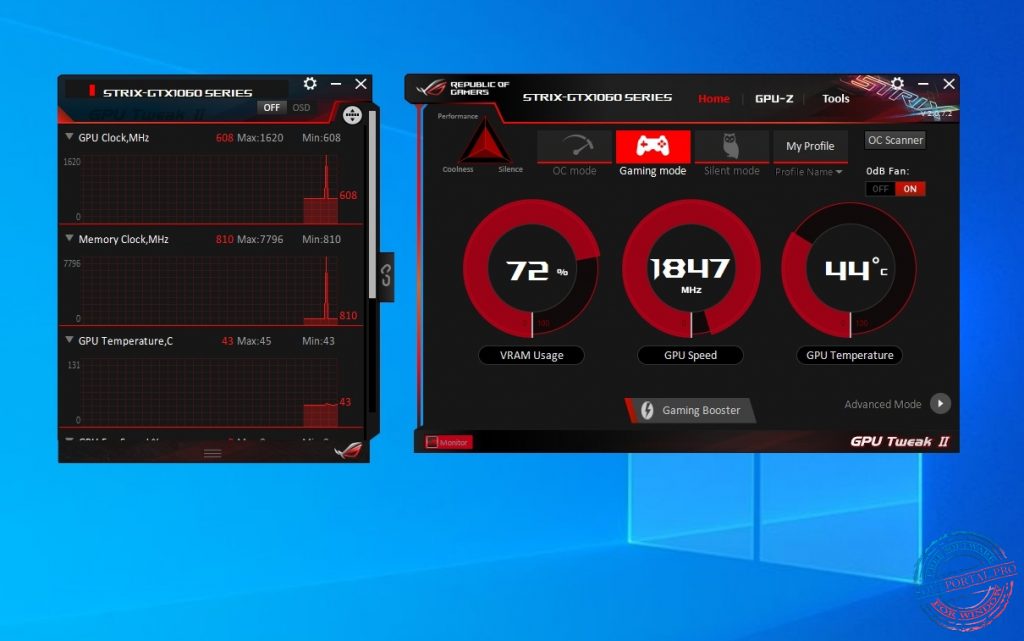

If you're on an older BIOS version, you can perform a BIOS update using GPU Tweak. If you happen to own an ASUS video card you can also check the current version of your video card’s BIOS. We can also set the utility to do an auto update at certain intervals, such as every day, week, or month. Starting off, there is a Live Update button using this button allows you to stay up to date with the latest version of the GPU Tweak utility. Meanwhile the main panel of GPU Tweak has a multitude of neat features, so let's take a look at some of them that really stand out. Advanced users looking to squeeze every bit of performance out of their ROG video cards will welcome this version of GPU Tweak. This version offers precise control over options like VDDC, VRM clock, memory voltages, and more. At least ASUS has an option in the tune panel to change the order of the sliders this helps keep the most important sliders up top where you can see them.Īdditionally, ASUS ROG based video cards can utilize the ROG Edition of GPU Tweak. I will say after awhile it did become a bit of a nuisance I would've liked to have an option to expand the height of the utility, or even add tabs to avoid the need to scroll. Since the scroll bar is red and doesn't stick out, it could be easily missed by new users. Note that selecting the advanced mode may require you to scroll down in the main panel to access all of the available sliders. After doing some digging into the matter, it looks like this is hit or miss and depends on the type of voltage controller that comes equipped with the video card.Ĭomparison of center panels with different GPUs For example, we fired up our MSI GTX 780 Lightning and were given the option to adjust GPU core voltage in GPU Tweak, but when installing our AMD reference 7970 GHz Edition and our Sapphire HD 7790 we had no such option.

Adjustment of the GPU core voltage turned out to be the most inconsistent option for us. The settings can vary largely depending on the model and manufacturer of the video card. You can adjust these settings using the mouse to adjust the sliders or by manually keying them in. Here we’re able to increase the card's core and memory clock speeds, adjust fan settings, create custom fan profiles, increase the power target, and on some cards you can adjust GPU core voltage. This panel has the standard assortment of settings that are seen in most overclocking utilities in this round-up. To start things off let's look at the main panel of the utility. It uses a sleek and intuitive interface that is geared towards overclockers of all experience levels, and I think it's arguably one of the best looking utilities in our round up. I think ASUS did a bang up job designing the user interface of GPU Tweak. Using their trademark red and black theme, ASUS designed GPU Tweak with style and function in mind. With that said, GPU Tweak has some pretty heavy competition in this round up, so let’s take a look and dive right in. You don’t need to own an ASUS video card to take advantage of all the features in this utility as it’s designed to be vendor agnostic. Developed in-house by ASUS, the GPU Tweak Utility is designed to work with both NVIDIA and AMD based video cards.


 0 kommentar(er)
0 kommentar(er)
